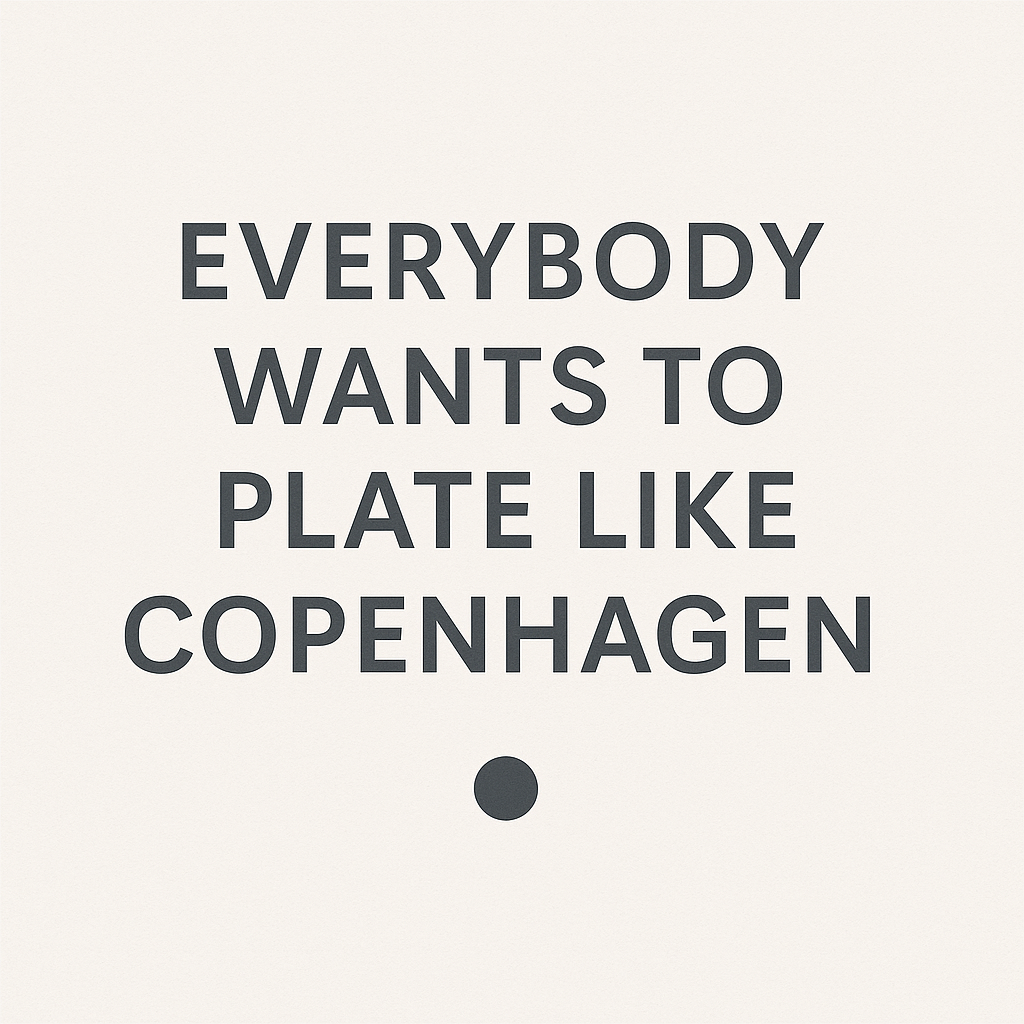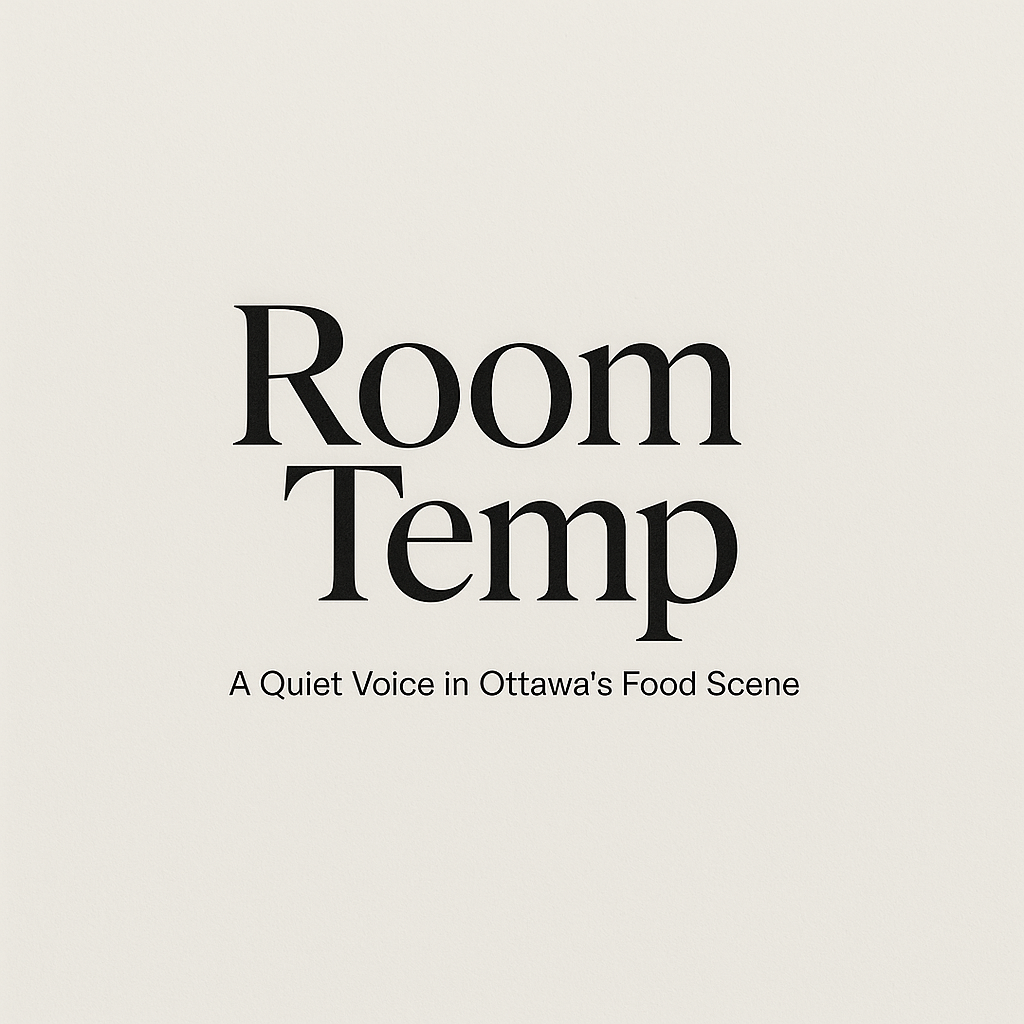Everybody Wants to Plate Like Copenhagen

Somewhere along the way, the world decided food should look sad.
A single scallop, half a leaf, one trembling drop of chlorophyll — each placed with the precision of a surgeon or a stylist. The plate is gray, the light is cold, and everything looks like it just got bad news.
This is the aesthetic that escaped from Copenhagen. It began as a philosophy: cook what’s around you, honor the land, skip the truffle foam. But the moment it hit Instagram, it stopped being belief and became template. Suddenly, every restaurant wanted to sound Nordic.
Now tasting menus look like art installations about scarcity. There’s always a smear. A puddle. A single leaf that looks accidental but isn’t. Diners whisper “stunning” and quietly wonder if they’re still hungry.
It’s not that the style is bad — it’s that it became default. The global language of taste translated into beige. Every city has a “Nordic-inspired” place now: linen aprons, wild herbs, lowercase menus. All very tasteful — the way funerals are tasteful.
The irony is that Copenhagen never wanted to be copied. The point was to cook from your soil, not theirs. But imitation is easier than introspection. And minimalism photographs well. So the same lonely scallop keeps being plated again and again.
Maybe it’s time to make food that looks alive again — something with color, chaos, and confidence. Something that doesn’t apologize for being delicious.
The world doesn’t need another bowl of melancholy on matte stoneware.
We’ve mastered restraint.
Now we can start eating again.
